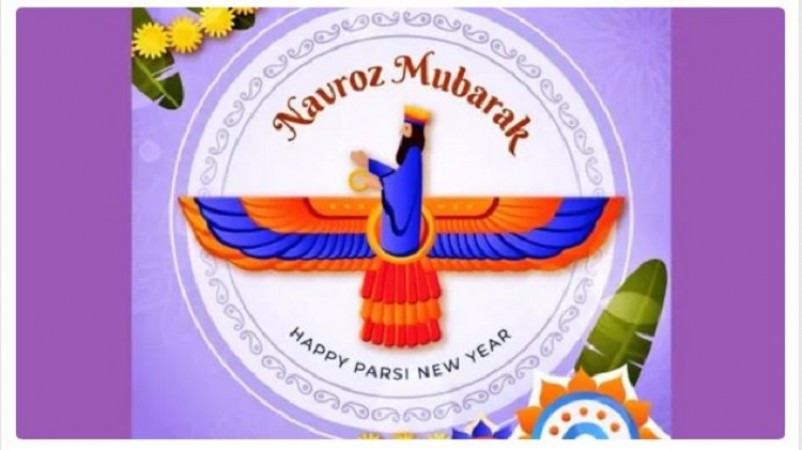
Parsi New Year, 2023: Every year on August 16th, the Parsi community in India gathers to celebrate the Parsi New Year, also known as Jamshedi Navroz. This regional holiday holds immense cultural and historical significance for the Parsi community, marking the beginning of a new year in their calendar. The celebration is characterized by a rich blend of traditions, rituals, and festivity, reflecting the unique heritage of the Parsi people.
Historical Roots and Cultural Significance: The Parsi New Year, often referred to as Navroz, is deeply rooted in the history of the Zoroastrian faith, one of the world's oldest monotheistic religions. The origins of this celebration can be traced back to ancient Persia, where the prophet Zarathustra (Zoroaster) founded Zoroastrianism over 3,500 years ago. The name "Navroz" is derived from the Persian words "nav" (new) and "roz" (day), symbolizing the arrival of a new day and a new year.
The legend of King Jamshed, after whom the Parsi New Year is sometimes named "Jamshedi Navroz," adds a mythical touch to the celebration. According to the legend, King Jamshed, known for his wisdom and justice, introduced the Parsi calendar to mark the beginning of the new year. This calendar, known as the Shahenshahi calendar, continues to be used by the Parsi community today.
Rituals and Traditions: The Parsi New Year is observed with a series of rituals and customs that reflect the community's religious and cultural heritage. Preparations for the celebration often start weeks in advance, as families clean and decorate their homes, buy new clothes, and gather essential items for the festive meals.
One of the central aspects of the celebration is the Haft-Seen table, an arrangement of seven symbolic items that start with the Persian letter "S." Each item represents a different aspect of life and renewal. These items typically include sprouts (sabzeh), dried fruit (senjed), garlic (seer), apples (sib), sumac berries (somāq), vinegar (serkeh), and wheat pudding (samanu).
Another important tradition is the jashan, a religious ceremony held in Zoroastrian fire temples. During this ceremony, prayers are offered to the divine, seeking blessings for the coming year. The jashan embodies the core Zoroastrian principles of devotion, purity, and gratitude.
Celebration and Community: On Parsi New Year, families and friends come together to celebrate with feasts that showcase the vibrant Parsi cuisine. Traditional dishes like Patra Ni Machhi (fish wrapped in banana leaf), Sali Boti (a savory meat dish), and Ravo (a sweet dessert) are savored by all. These meals not only tantalize the taste buds but also reflect the fusion of Persian and Indian culinary influences that have shaped Parsi cuisine over centuries.
In addition to the feasting, the Parsi New Year celebration is a time for cultural performances, music, and dance. The community members, young and old, participate in events that showcase their artistic talents and bring them closer together.
Preserving Identity and Looking Forward: The Parsi New Year is not only a time for celebration but also a reflection of the Parsi community's resilience, heritage, and unity. Despite being a minority group, Parsis have managed to preserve their identity and traditions through generations, making valuable contributions to various fields like business, arts, and philanthropy.
As the Parsi New Year approaches each year, it offers an opportunity for introspection, renewal, and growth. It is a time when the Parsi community comes together to honor their roots, celebrate their accomplishments, and look forward to a future filled with hope, prosperity, and shared values.
Parsi New Year (Jamshedi Navroz) is a day of immense cultural significance, rooted in history and marked by rituals that emphasize renewal and unity. Through its unique customs and celebrations, the Parsi community not only celebrates the arrival of a new year but also pays homage to its rich heritage and the values that bind its members together. As time moves forward, the celebration of Parsi New Year continues to be a testament to the enduring spirit of the Parsi people and their contributions to the diverse tapestry of Indian culture.